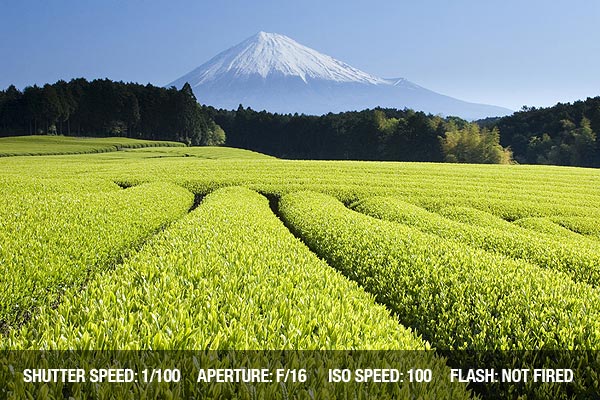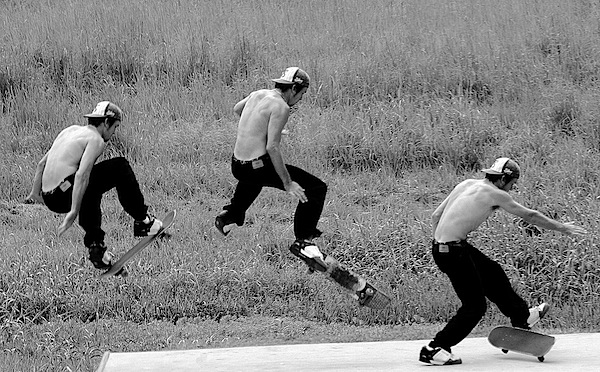Whether you are starting with your passion or have spent quite a decade with it, opting for some photography tips can give even better results.
Here are some common issues that you may have to deal with and some advice on how you can use them to your advantage.
1. Compose in Thirds

Sometimes, shifting focus can add more drama to the image. Rule of thirds gives more eye pleasing and twisted picture style. Just concentrate on keep moving the two horizontal and two parallel vertical lines across the image area. Some pictures please more with focal point placed on the center square.
2. Avoid Camera Shake

Keep the camera as still as possible but many times it becomes as difficult as finding the perfect picturesque scenery. Here is how you can avoid it most. First, hold the camera near to body for support and keep one hand around the body and one around the lens. Use the shutter speed matching to lens focal length. Using a tripod or a tree or wall for support proves to be a good option.
3. The Sunny 16 Rule

The trick is useful enough for outdoor shoot under sunlight. Using the aperture of f/16 and 1/100th of a second shutter speed is advisable in such circumstance. The image should be sharp and should not be overexposed.
4. Use a Polarizing Filter

To reduce reflections, either from metal, water or glass, polarizer lens can be useful enough. It not only improves the colours of natural surroundings like sky and foliage but also protects the lens. The polarizer most suggested one is TTL i.e. Through The Lens, as they provide the convenience of auto exposure.
5. Keep Backgrounds Simple

Decide the focus and keep everything else as sober and plain as possible. The trick does not allow the viewers to shift the focus much from the chief object. Go for plain background, impartial colours and uncomplex designs. This is crucial in a shot where the model is stationed off center.
6. Avoid Flash Indoors

For indoors, flash can turn the game off, as they make it appear harsh and unpure. Choosing ISO 800 to 1600 can make a noticeable difference in the selected shutter speed. A wide aperture will allow more natural light inside and hence will give a nice visible shot.
7. Capture The Motion

The panning technique is for catching the moments within motion. Choosing a shutter speed two steps lower than necessary helps a great deal. Like, for 1/250, you need 1/60. Keep your camera on the subject with your finger halfway down on the shutter to lock the focus and when done, take the shot, remember to seek them as they shift. You may use a tripod if possible to avoid camera shake and get precise movement lines.
That’s it for now, I will be adding few more photography tips in time and I hope you have enjoyed these as much as I did writing them.





i am also photographer but i don’t find these tips for expert what you way